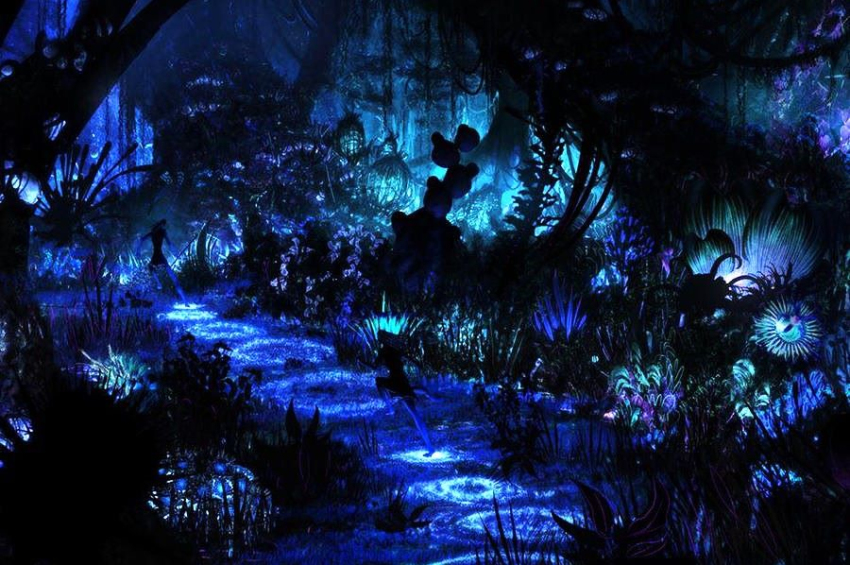Study: All living organisms emit light that fades after death
Scientists have discovered that all living organisms emit an extremely faint glow that disappears when life ends. This subtle light, invisible to the naked eye, could provide new insights into life, stress, and health.
According to a new study from the University of Calgary, published in The Journal of Physical Chemistry Letters, this phenomenon — called ultraweak photon emission (UPE) — occurs naturally in living organisms without any external light or energy source. It’s not like fireflies or glowing jellyfish; UPE is far dimmer and can only be detected with special imaging equipment.
Researchers observed this effect in both animals and plants. In experiments with mice, live animals emitted significantly more of this faint light than recently euthanized ones, even though both had the same body temperature. In plants, the glow changed based on environmental stress, such as heat, injuries, or chemical exposure.
More to read:
Scientists discover microbes that breathe nitrate instead of oxygen
This light is a byproduct of cellular metabolism — the chemical processes that keep cells alive.
As cells work, they produce highly reactive molecules known as reactive oxygen species (ROS). These molecules help with cell communication and stress responses but can also create light through a series of chemical reactions.
When the body is under stress, ROS levels rise and can lead to the emission of these tiny bursts of light. When life ends, those processes stop, and so does the light, researchers explained.
To study this, the scientists built special dark chambers to block outside light and used highly sensitive cameras to detect the glow. They used one camera system for the plants and a different setup for the mice.
The results were striking: in plants, damaged areas glowed more brightly, and treatments caused visible changes in light levels. In animals, the difference between living and dead was clear based on the presence — or absence — of the emission.
More to read:
Japanese scientists discover signs of basic intelligence in obscure fungus
While the phenomenon of UPE has been known for years, its biological meaning has remained unclear. This study adds to growing evidence that UPE could be used to monitor the health or stress of living organisms in a non-invasive way.
Researchers believe that UPE imaging may one day help doctors and scientists detect early signs of disease or injury, without the need for surgery or radiation.
If science finds a way to film all creatures and plants using enhanced imaging to reveal their natural light emissions, we might one day see the world glowing with life — much like the luminous landscapes on Pandora in 2008 movie Avatar.




![[video] Guess who’s hiding more than 8 kilometers below the ocean’s surface?](/news_img/2025/11/13/news0_mediu.jpg)
![[video] Putin rules from shadows: Investigation finds Russian leader rarely works in Moscow](/news_img/2025/11/11/news1_mediu.jpg)

